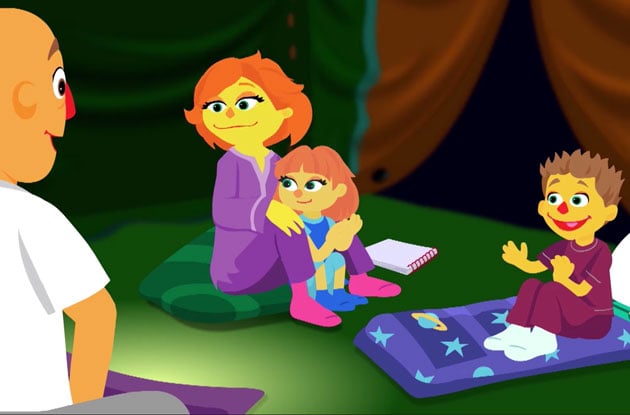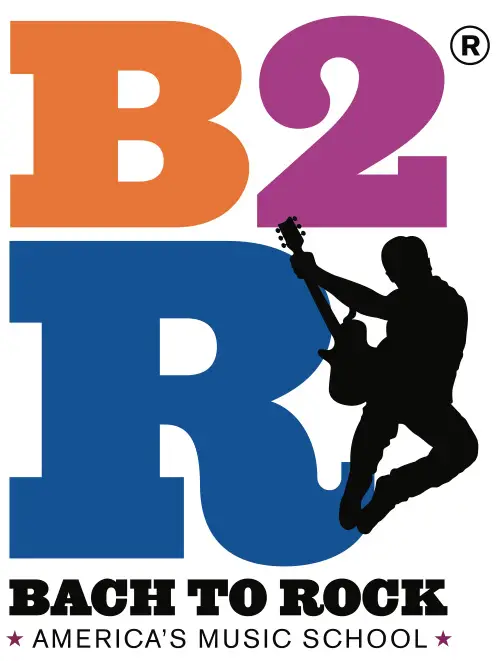Get the Best Winter Activities
Homework is a key component of CBT. The goal of therapy is to teach clients new skills to more effectively manage their difficulties, so much of the work happens outside of sessions as clients try to practice these skills in their day-to-day life. Homework is usually very practical, and involves trying out new behaviors, thinking strategies, etc., rather than the kind of homework associated with classroom learning. There are no tests in CBT!
Consistent with the scientific approach that characterizes CBT, the client and therapist gather 'data' to learn about the client's problems and potential solutions. Assessment is common in CBT and may involve completing questionnaires to see how symptoms are changing over the course of treatment, or completing self-monitoring exercises to gather information that might help guide the treatment plan. Examples of self-monitoring exercises include tracking changes in mood, self-critical thoughts, or unhealthy behaviors, such as bingeing in eating disorders. These 'data' are not used to judge the client, but to better target the therapy for the individual and monitor progress.
Common CBT Treatment Strategies
There are numerous techniques used in CBT, so the list below is by no means exhaustive. Depending on the needs of the particular client, therapy is likely to involve some of the following:
Responses to unhealthy thinking:
- 'Cognitive restructuring' involves trying to re-evaluate the negative thinking patterns that maintain distorted beliefs about oneself, the world, and relating to others. For instance, a person with social phobia could be taught to challenge his or her assumption that social rejection is inevitable.
- Strategies to promote more effective problem solving and decision making are emphasized.
- 'Mindfulness' techniques help clients gain some distance from their negative thinking so they can recognize that thoughts do not have to determine behaviors.
Responses to unhealthy behaviors:
- Clients are taught how to gradually start to re-enter situations they have been avoiding (e.g., because of fear in anxiety disorders, or low motivation in depression). This is not done in a coercive way; instead, clients learn how to gain a sense of control and predictability in situations that previously seemed overwhelming.
- Activities that provide a sense of pleasure or mastery are planned to promote a more enjoyable and fulfilling life.
- Training in new skills may be provided, such as how to communicate more effectively, be assertive, or enhance social interactions.
Responses to painful feelings:
- Clients are sometimes taught how to work on accepting or tolerating painful emotions, and sometimes taught how to try to change those emotions in the moment.
- Relaxation exercises are often included to help reduce overall stress.
- Strategies to manage extreme emotional reactions are taught, such as ways to deal with intense anger or urges to harm oneself.
This article was reprinted with permission of the Association for Behavioral and Cognitive Therapies.






.jpg)

